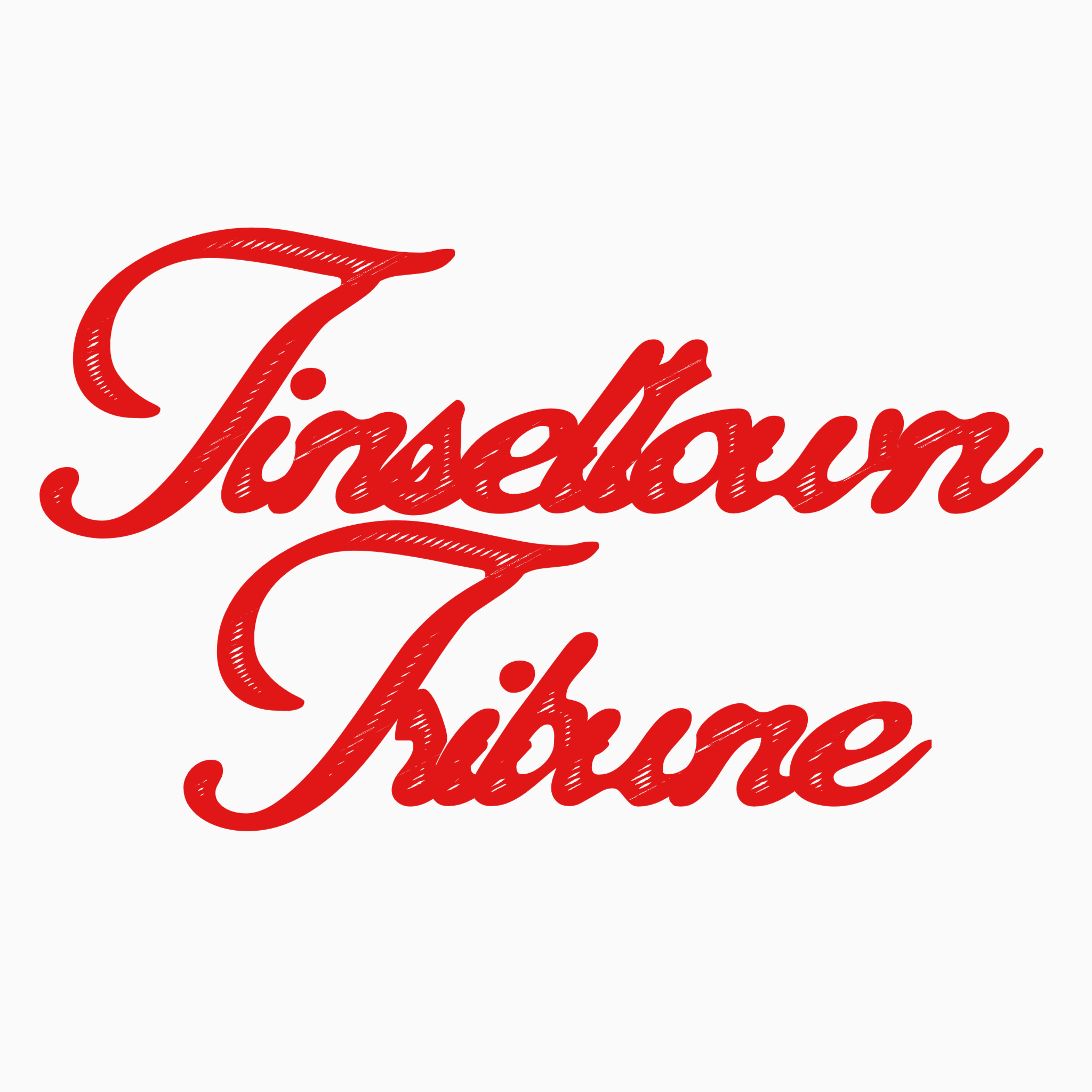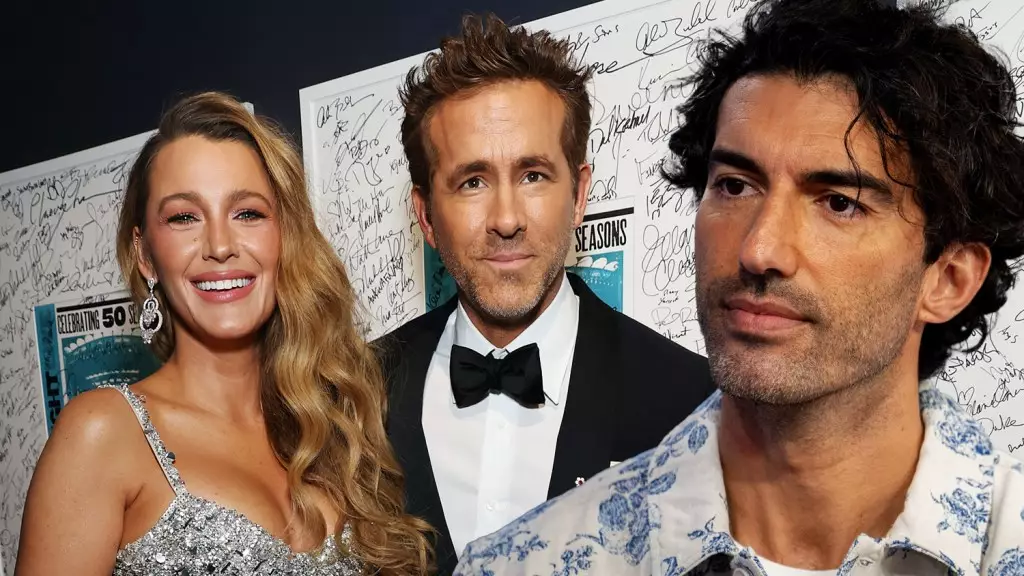The ongoing legal feud involving Blake Lively, Ryan Reynolds, and Justin Baldoni has spiraled into a complex web of allegations surrounding harassment, defamation, and public relations maneuvers. Central to this drama is Leslie Sloane, the publicist for Lively and Reynolds, who has found herself embroiled in the controversy, arguing for her and her firm, Vision PR, to be removed from the lawsuit filed by Baldoni. This intricate case not only highlights the tumultuous world of celebrity encounters but also raises critical questions about how public relations can somewhat influence legal narratives.
At the heart of the conflict, Baldoni has filed a staggering $400 million lawsuit that he frames as a response to what he purports to be false allegations of sexual harassment. In contrast, Sloane’s legal team asserts that Baldoni’s lawsuit is an attempt to distract from serious misconduct allegations against him. The crux of Sloane’s argument revolves around the claim that the lawsuit lacks substantive evidence tying her or her firm to any wrongdoing. Instead, her team argues that the claims are exceedingly vague, pointing out that Baldoni’s accusations have essentially become a “smoke and mirrors” diversion tactic.
Furthermore, Sloane’s legal representation has taken issue with Baldoni’s failure to specify any definitive actions by her that would substantiate claims of extortion or defamation. They argue that the scattershot nature of Baldoni’s amended complaint fails to meet standards of legal pleading, which requires a clear identification of statements alleged to be defamatory. This has positioned Sloane as not just a character in this unfolding drama but a significant legal player seeking to separate herself from the chaos ensuing on Baldoni’s end.
This legal spectacle has escalated to a state where both sides appear unwilling to seek mediation—an unusual stance in high-profile cases where out-of-court resolutions are often preferred. As the case heads towards a trial scheduled for March 29, 2026, the stakes are undeniably high, not only financially but also in terms of public perception for everyone involved. The legal fraternity and public alike are observing how this trial could reshape the reputations of several prominent figures in Hollywood.
Legal industry experts suggest that the decision not to mediate might be a reflection of ego and pride more than strategy. In an environment fraught with allegations of harassment and professional retaliation, each party seems poised to prove its narrative in a courtroom rather than through conciliatory dialogue. The court of public opinion intensifies the scrutiny actors like Lively, Reynolds, and Baldoni face, making their statements and legal strategies all the more critical.
The role of public relations firms in celebrity disputes is increasingly scrutinized. In this instance, Sloane and her associates find themselves accused of orchestrated smear campaigns against Lively. Contrarily, Sloane’s team holds that any discrediting narrative around Lively primarily emerged organically from social media backlash rather than any directed PR strategy.
While some observers may see aggressive PR tactics as standard operating procedure in Hollywood, the ethical implications are murky. Engaging in “PR Dark Arts,” as alleged, can lead to heightened tensions and significant reputational damage. As the courtroom drama unfolds, the ethical lines between protecting a client and engaging in potentially defamatory strategies will be dissected and debated.
This legal conflict sheds light on broader societal issues within the entertainment industry, especially concerning power dynamics and accountability in cases of alleged sexual harassment and retaliation. The willingness of both Lively and Baldoni to engage in a high-stakes battle reflects a climate where alleged victims are voicing their truths, while those accused may resort to retaliatory tactics to preserve their reputation.
The impending trial will likely expose not only the intricacies of managing public relations in the age of social media but also how individuals wield their power in a culture increasingly demanding accountability. This lawsuit is more than just a legal dispute; it’s a reflection of the ongoing struggle for justice and transparency in Hollywood, which is sure to evoke considerable discussion and analysis long after the gavel falls.

